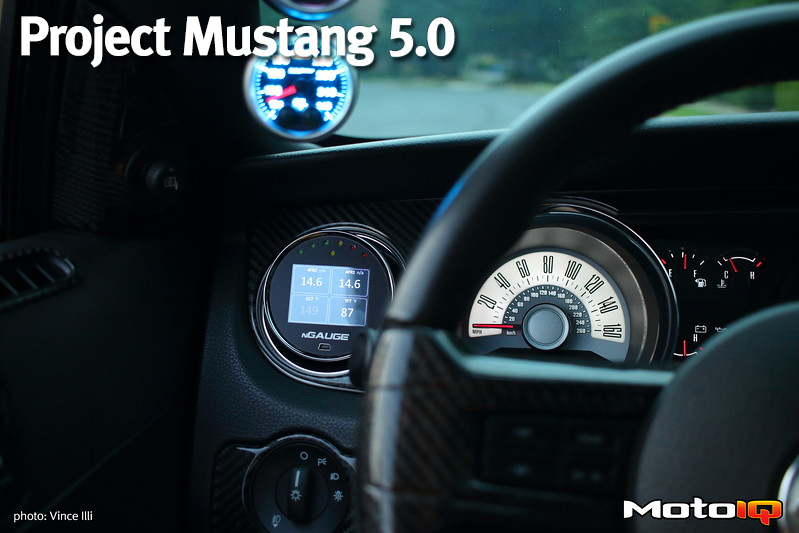,
To change one of the PIDs being displayed, select “Signal,” which takes you to the following menu:

As I mentioned previously, there are several layouts of gauges that the nGauge can show. When on the menu, you can scroll through the different gauges. In addition to the Quad gauge, there is a 6-PID gauge:

An analog gauge:

And, finally, the LED gauge:

Now that we’ve setup the different gauges how we like, it’s time to do some data logging! Since HP Tuners has fully unlocked the Copperhead PCM, you can data log (or view on the gauge) almost any engine parameter, including:
- RPM
- Speed
- Throttle Position
- Battery voltage
- Coolant Temperature
- Current gear
- Commanded AFR (both banks)
- Measured wideband AFR (both banks)
- Global spark advance
- Knock count
- Fuel pump duty cycle
- Commanded cam advance (all 4 cams)
- Measured cam advance (all 4 cams)
- Throttle Position
- Calculated engine load
- MAF counts
- Boost (on speed density forced-induction engines)
- Output shaft speed
- Transmission solenoid pressures (automatic transmission)
The ability to log all of these parameters is useful both for tweaking an engine’s tune and—my personal favorite use—data logging track sessions. You can select up to 23 PIDs to be data logged at once.



